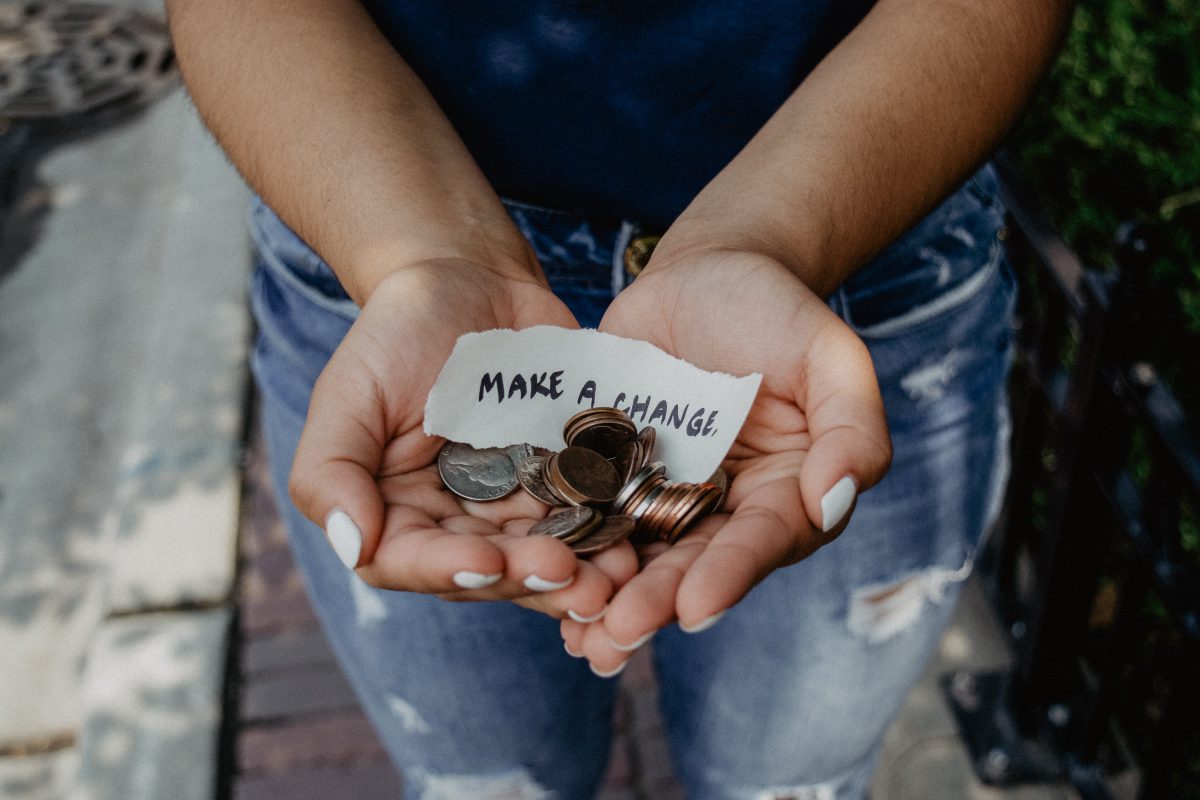I was told about this experiment back in 1986, and it has stuck with me all these years. A teacher was given false information about the IQ and abilities of her classroom students. This changed her expectations of her students, which changed how she responded to them and treated them. The result was that the students who the teacher believed had higher IQs and abilities performed far higher than in the past and above other more advanced students.
What captures my heart about this story is that for so many kids, the converse is their reality. There are low expectations that play out in their lives in many subtle, and not so subtle, ways. What we believe is true, what we believe is possible – this is what we create in our reality with others. And this is also what we do with our donors.
I think about membership programs in a similar way. These programs encourage people to start giving in more of a transactional way. They give $250, and you give the donor a cool T-shirt or bag. This also plays out at higher giving levels, where a gift of $10,000 gains you access to a special, exclusive club.
Now, these programs aren’t inherently bad and often are a great way for donors to start giving and learning about the organization. But if you forget what else is possible, you may lose sight of the fact that those donors would joyfully give so much more. Because of your expectations, and how membership programs are set up, you’re actually training donors to give less.
So, let’s assume for a moment that you’ve already realized that you need to create a major gifts program that continues to move donors into a deeper connection with the organization, instead of stifling giving because donors are stuck in a membership program. How do you change your own internal culture? What about the donors? Isn’t it going to be weird to treat them differently all of a sudden? How do you start bringing everyone along – you, your organization, and your donors – to build a true major gift program?
Here are some steps we have found that work:
- Start with you and your own beliefs and expectations. Identify the limiting beliefs and expectations that you have, and then purposefully and clearly change them to ones of more possibility. Take a moment to write down the limiting beliefs you’ve been holding about your membership donors. Maybe you’re afraid that asking for more will make you seem ungrateful or disrespectful of the donor. Or maybe you’re worried it would feel too awkward to start treating them differently and asking for more, so you feel a bit frozen about what to do. Then, write down a statement of truth, like “My donors are passionate about our mission and will joyfully give to the areas they’re most interested in.” Put this statement somewhere you can see it regularly as a reminder.
- Educate your internal team about what you are up to and why. Gather your research to show why moving to a relationally based major gifts mindset is important financially and how membership programs can, when not used correctly, suppress giving. Start learning how to create a successful major gifts program.
- Change your donors’ expectations of their relationship and experience with your organization. One of our partners, Greater Public, has been working with us on a national effort to shift public media organizations from a membership-only model to embracing a relationally based major gifts model. As part of that, they’ve sent hundreds of fundraisers and leaders to our Academy and stations have also worked with us as clients. Over the years, we’ve found that certain things have really helped them change the donors’ expectations in this transition:
- They’ve taken the Veritus qualification process seriously: This process sets the tone for how the relationship will be moving forward and centers it on the donor’s passions and interests, communication preferences, and inclination to be a major donor. In this process, Greater Public stations have found that they are building trust and partnership, which eases the transition to major gifts.
- They use our permission-based asking model with their donors: This model changes how fundraisers approach conversations and helps change expectations with their donors through a permission-based communication approach.
It could sound like this…
“Mo, I want to thank you for giving $1,000 faithfully for the past 6 years to our environmental Ocean protection project. Would you mind sharing with me more about what inspired you and kept you giving to this program?”
Then you listen, ask more questions, and clarify more around their passion for this program. You could say something like this:
“We’re making some changes in how we work with our supporters – changes that focus more on the supporters’ interests and passions, and I want to learn about your heart for our mission. That will allow me to provide you with the information you want and also share with you the difference you’re making. I would like to share some stories and updates with you monthly – would that be Ok? How would you like to receive those updates?”
- Do what you say you are going to do and re-establish expectations. Keep checking your own expectations – noticing when the old, limiting ones creep in – and redirect your thinking. Follow up with your internal partners in sharing those stories of success with donors, so you’re reinforcing the importance of major gifts, the role of the donor, and how this move is helping you make a greater impact on your mission. And most importantly, follow up with your donors and meet the expectation you have set with them.
You can do this. Like in the classroom experiment example, changing the expectations you have of your donors is powerful. See them as caring people who want to give more if only we engage them, tell them how they are making a difference, and ask.
It doesn’t matter what role you have at your organization; you can help shift your culture from one of transactions to one of relationships. Take this one small step at a time and make sure you have a system and structure to support building your donor relationships. Over and over again, we’ve seen this result in significantly more revenue coming in, and we would love to see it happen for you and your organization. And, how incredibly meaningful will it be for you to see donors get engaged and give more impactful gifts with joy!
Karen







0 Comments